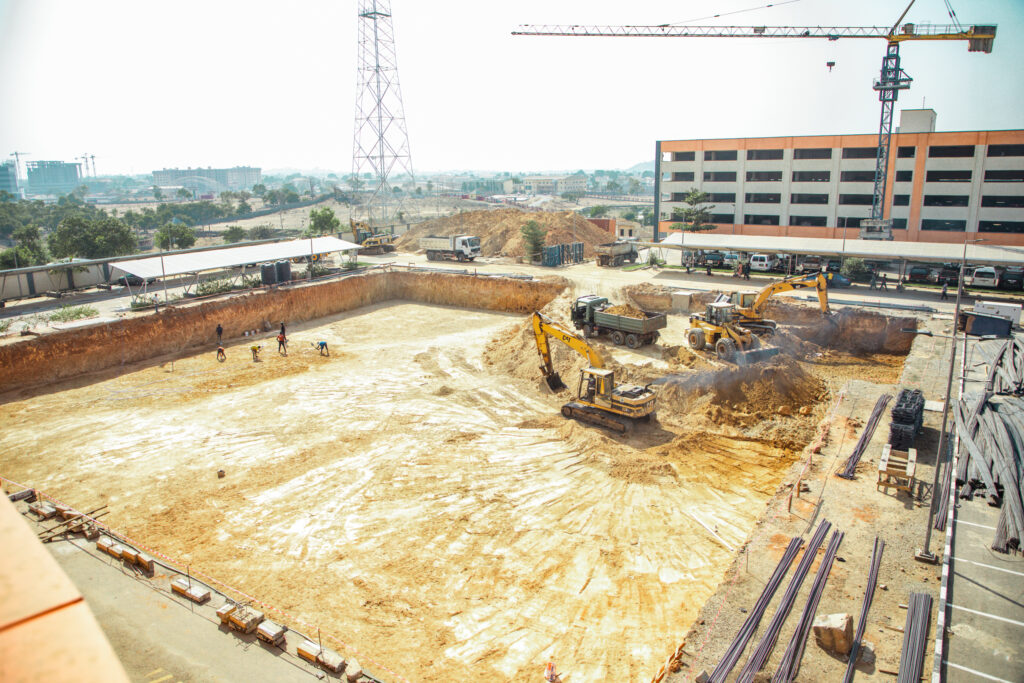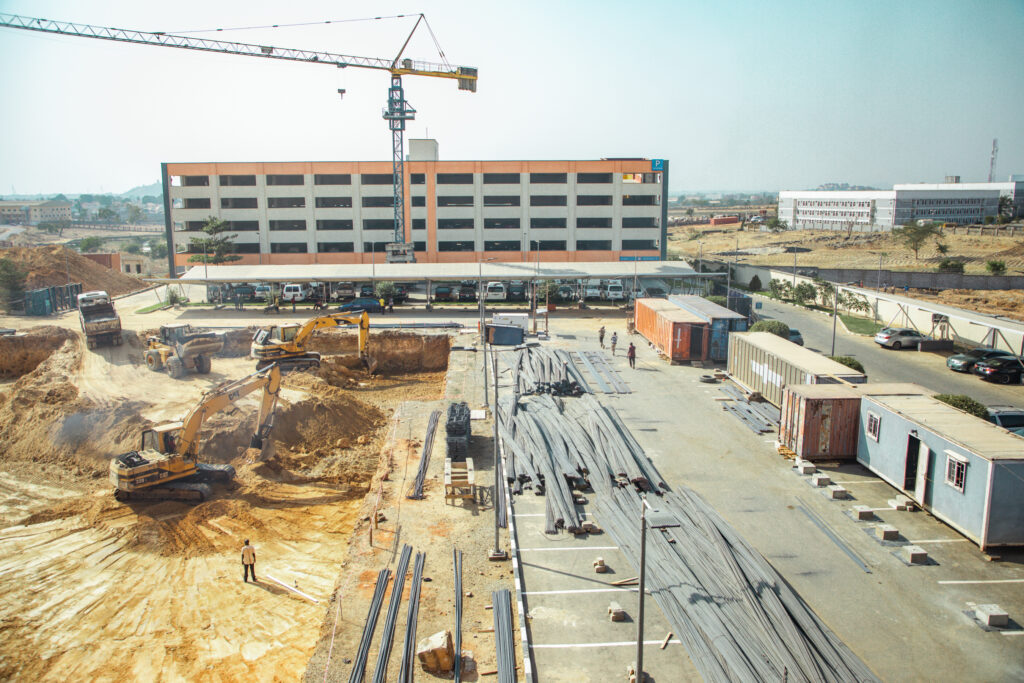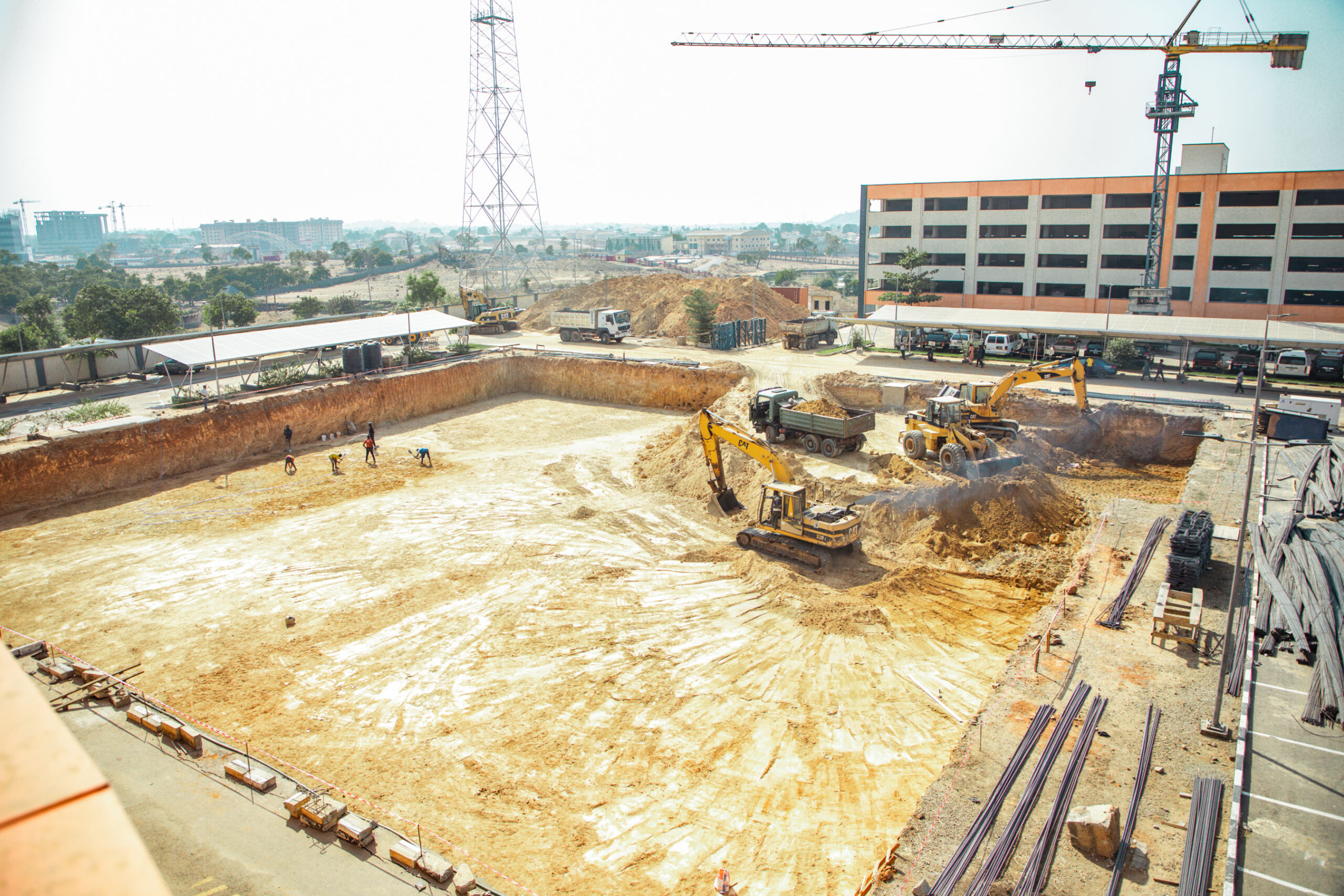In furtherance of its mission to enhance capacity building, research, and public health excellence, the Institute of Human Virology Nigeria (IHVN) has begun the construction of a five-story Learning and Development Center at its campus in Abuja.
The facility will contain cutting-edge amenities, including a 1,000-seat multipurpose hall, advanced training and meeting rooms, a modern library, and an e-learning center. It will also serve as a central hub for advanced training programs, promoting knowledge exchange and professional development for healthcare professionals both within Nigeria and internationally.
IHVN Chief Executive Officer, Dr. Patrick Dakum noted that the center will be equipped to host both short-term and long-term training programs in collaboration with international institutions such as the University of Maryland and Rutgers University.
“We already have a number of institutions that are doing courses like Diploma and Masters in Public Health. We are now going to be looking at how we can also hone that in into a diploma, degree and post graduate degrees in implementation science,” he said.
IHVN Chief Operating Officer and Managing Director, Dr. Charles Olalekan Mensah, said the Center is part of IHVN’s long-term commitment to addressing knowledge gaps, mitigating brain drain, and strengthening Nigeria’s public health workforce.
“This facility will play a pivotal role in training the next generation of healthcare professionals and researchers, ensuring that Nigeria continues to lead in public health interventions.”
During the first technical meeting for the project, IHVN Director of Finance and Administration, Mr. Olu Alabi, urged Lubell Nigeria Ltd to adhere to project timelines and leverage lessons learned from construction of the IHVN seven-storey twin towers which they built.
The Learning and Development Center is scheduled to be operational within 24 months, with full completion anticipated within 36 months.




